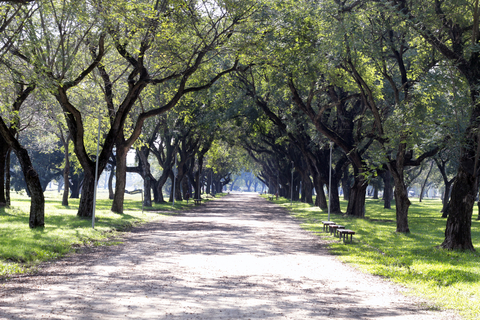Practicing mindfulness skills will help pave the path to ‘being mind’ and assist you in truly walking the middle path. So- what is the middle path? In DBT, the middle path refers to synthesizing or balancing opposing sides of things, like thoughts, emotions, beliefs, actions or behaviors. Using an everyday example that is relevant to all human beings is the NEED to balance activity and rest. In our culture it is highly valued, reinforced and encouraged to be active, busy and hardworking. Any other behavior that is not goal oriented, is viewed as unnecessary, lazy, or self-indulgent. Of course, you can tell these are two opposing views; perhaps some of us have experienced growing up in families and cultures that this is so normative that it seems as though it is the truth! So let’s explore the extremes of this continuum without judgment.
In reality we need both activity and rest and finding the balance that is right for you will come through building both self-awareness and acceptance. What we may “feel-or think” is normal, may not necessarily pan out to be, and one way to test this is to move to the middle path and notice what happens. When we live out of balance with this activity-rest continuum there will be consequences that creep in slowly, or sometimes swiftly. These can be illness, injury, burnout, and/ or relationship destruction; both in the short-term and long-term.
So if you are highly active, try slowing down, take some breaks, “real breaks” of non-doing. This does not mean leave early from work to clean your closet, weed your garden, run errands, or redecorate a room. I mean sit and be still, meditate, contemplate, rest, nap, read a novel. Notice the discomfort that surfaces and try to build some tolerance because it will pass if you continue to sit and be still. You will only come to know your middle by moving to the other side for a while. As a workaholic, meditation has been a path for me, and long periods of silence on retreat has helped restore my balance after times of extreme demands. I am still a work in progress finding my middle path.
Now, if you are at the other end of the activity-rest continuum, and you find yourself doing little to nothing most days, it becomes difficult to mobilize. There is a reason it becomes more difficult over time to activate. Imagine if you were riding a bike and you just slowed down a bit to a stroll, it takes very little effort to slowly turn those wheels. However, if you come to a full stop and even get off the bike- to return to that stroll will require far more energy and action. If you are at this end of the continuum, it is helpful to get support (and I don’t mean nagging) to get rolling again. Support can look like going for a walk with a friend, using music as motivation, or even getting a therapist to build motivation through validation and cheerleading you back onto the proverbial bicycle because we humans are meant to move our bodies moderately!
Mindfully examining where you are on this continuum on a regular basis, and finding ways to rebalance as needed, can promote health, longevity, and both inner and outer harmony. This month the Therapeutic Oasis is featuring movement as a theme on social media so follow us on Facebook at Therapeutic Oasis. Sacred Treehouse is also featuring PLAY as our blog series so if you are all work no play check out the blog at www.sacredtreehouse.com.

